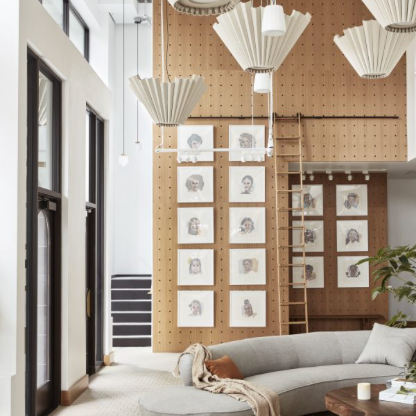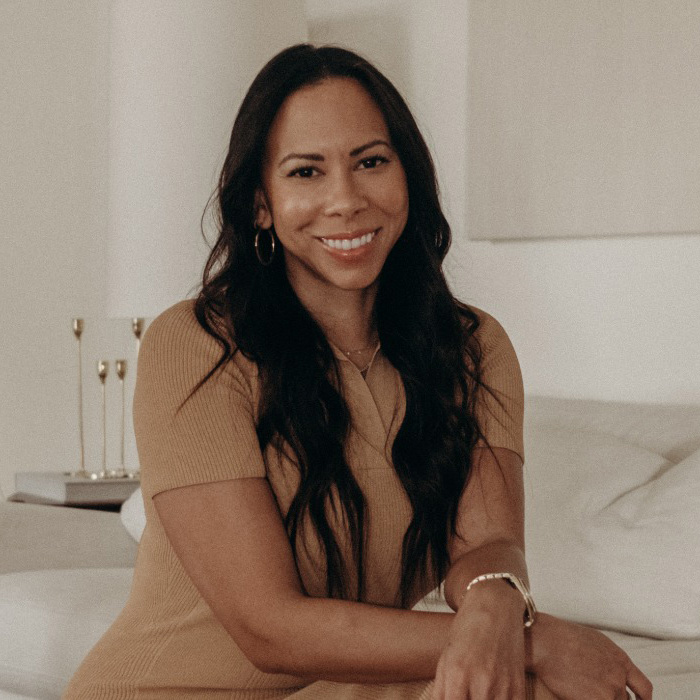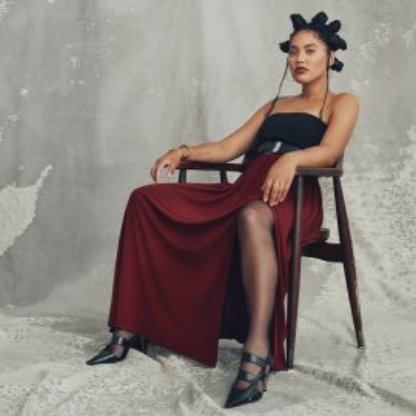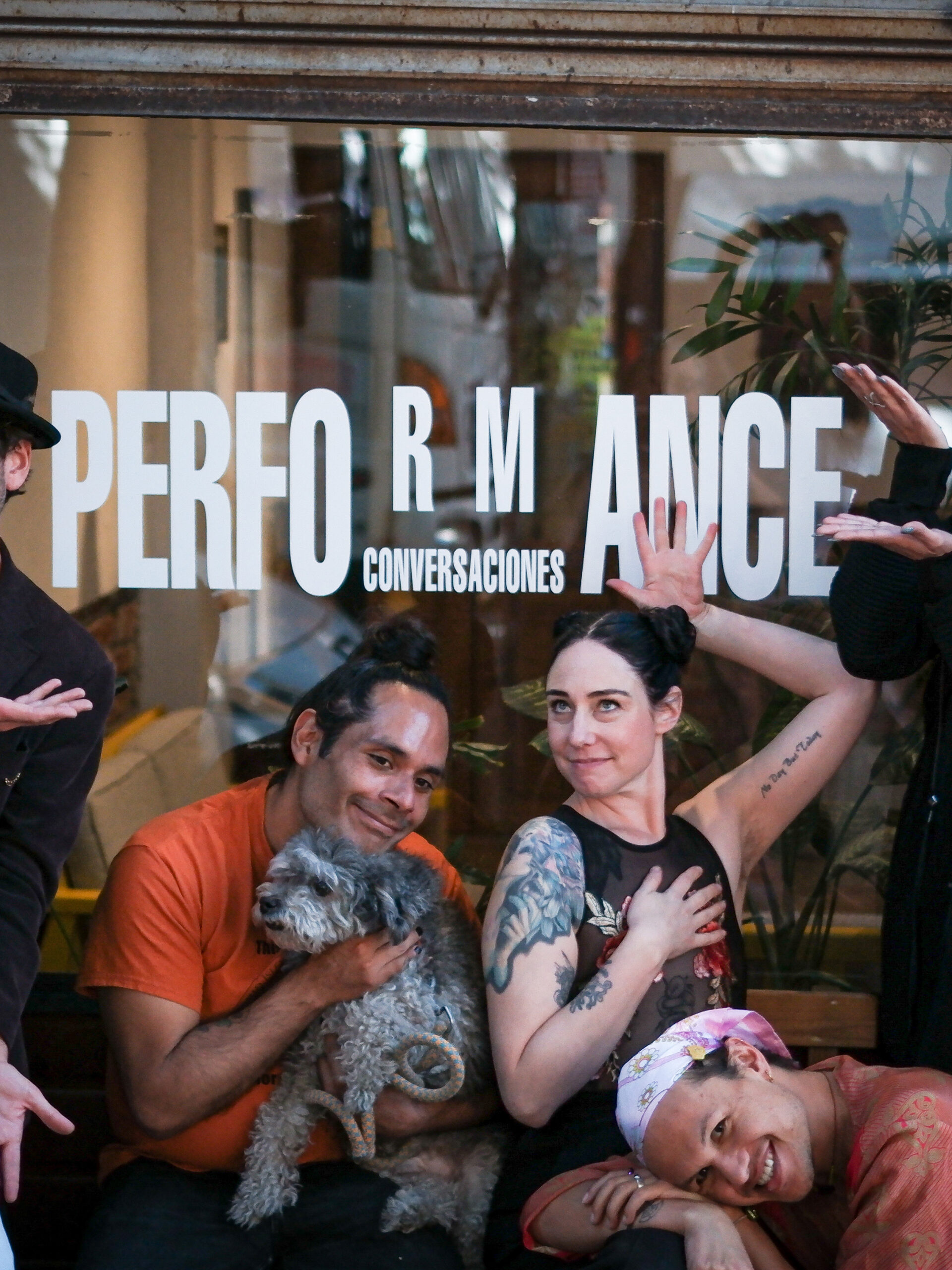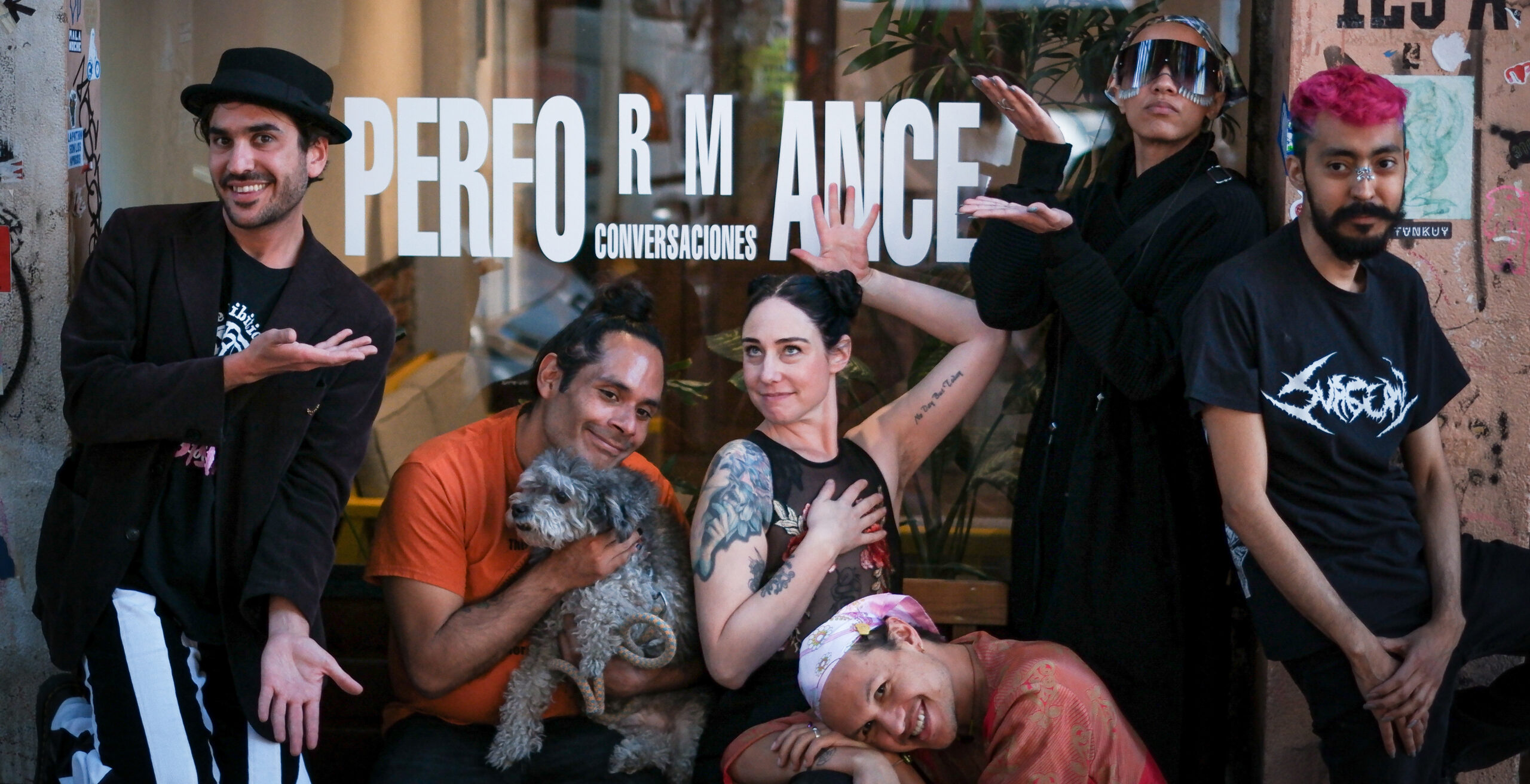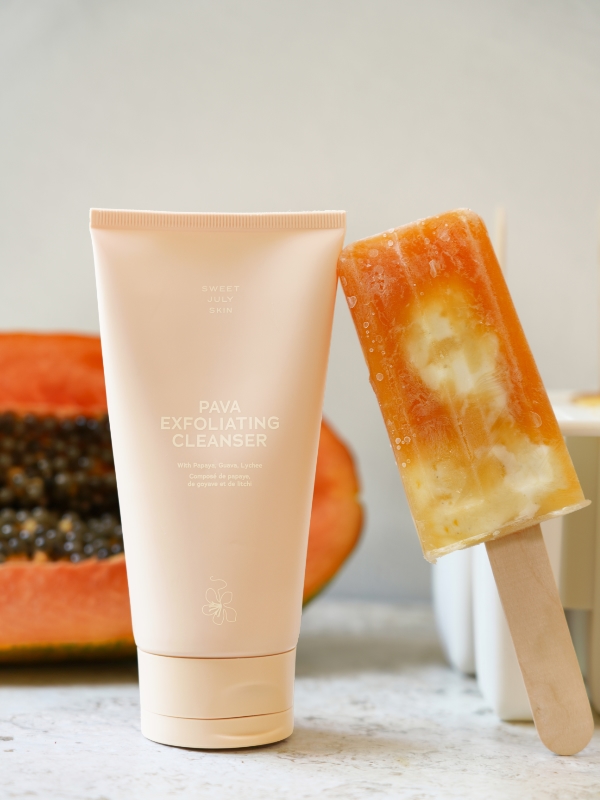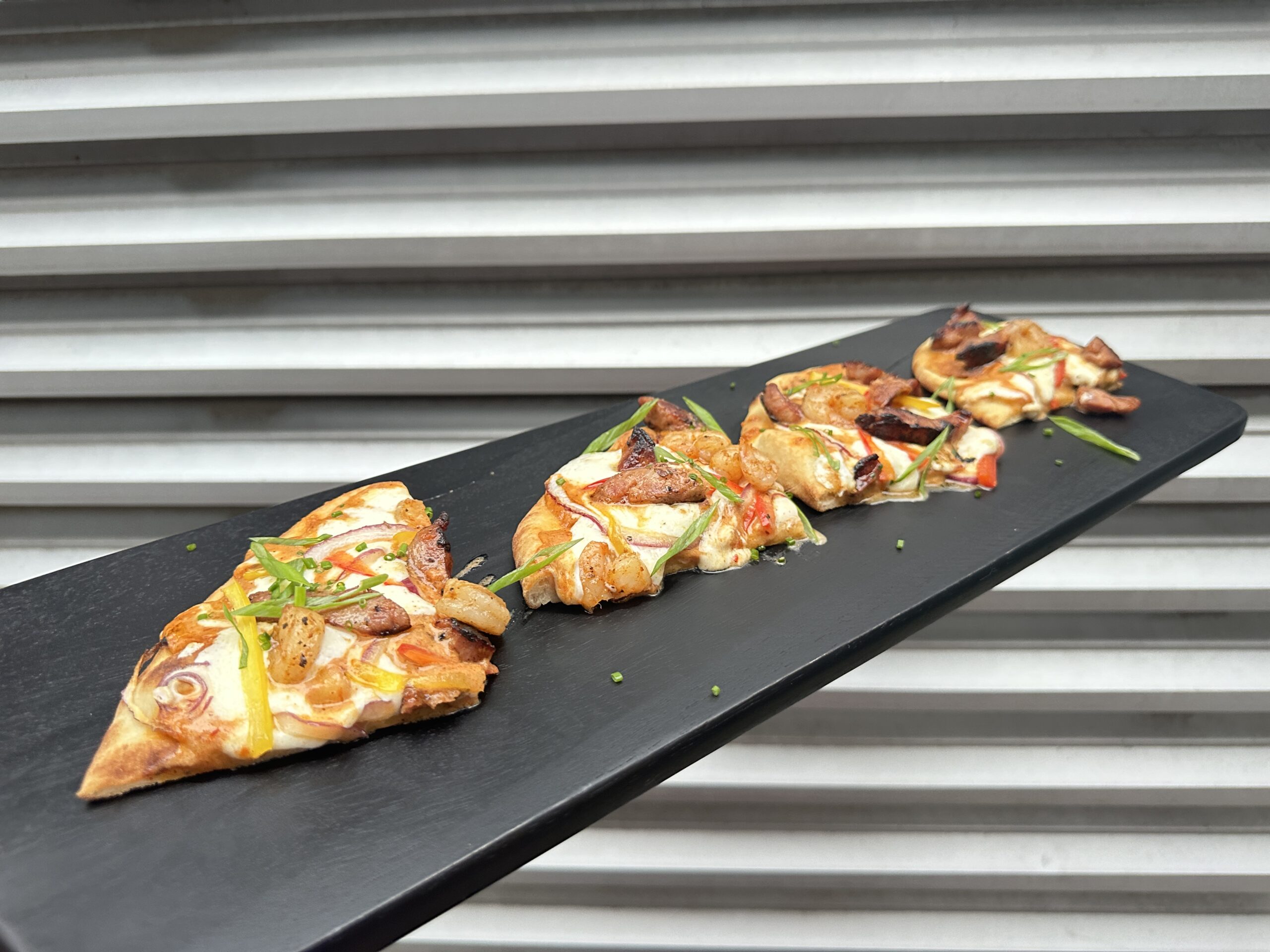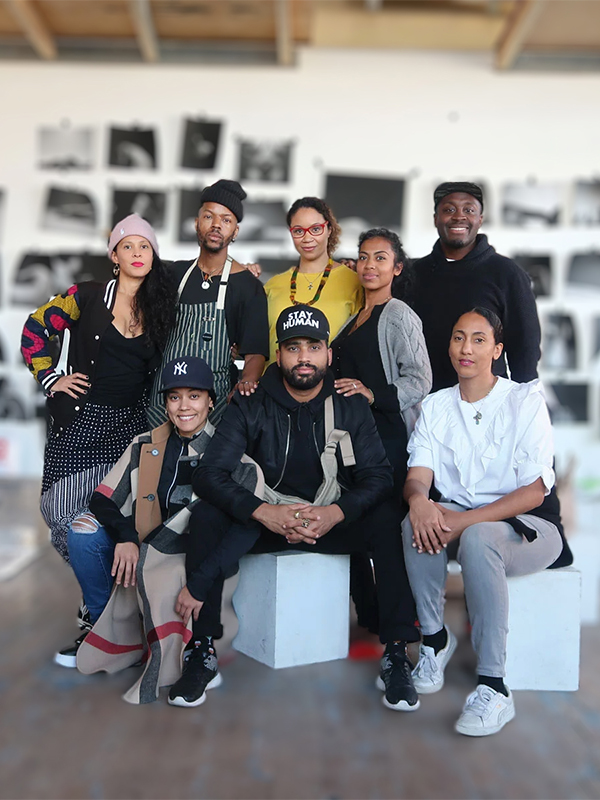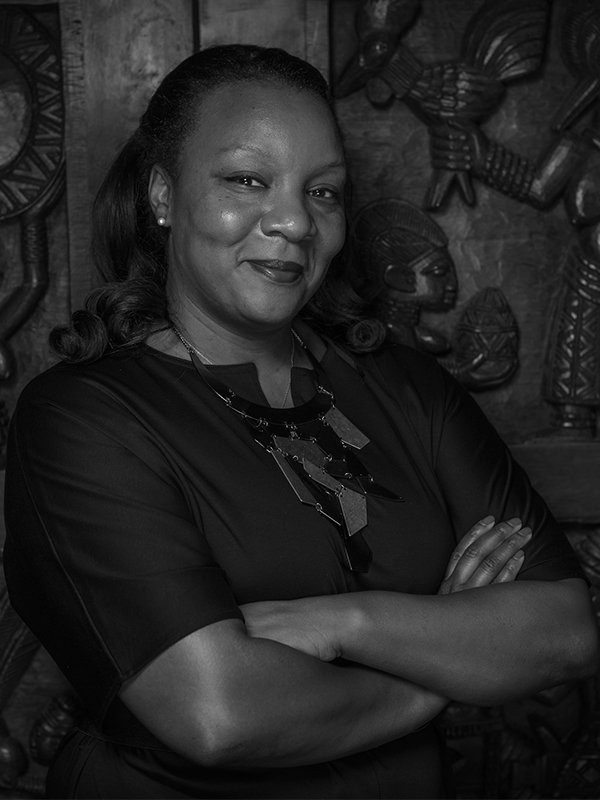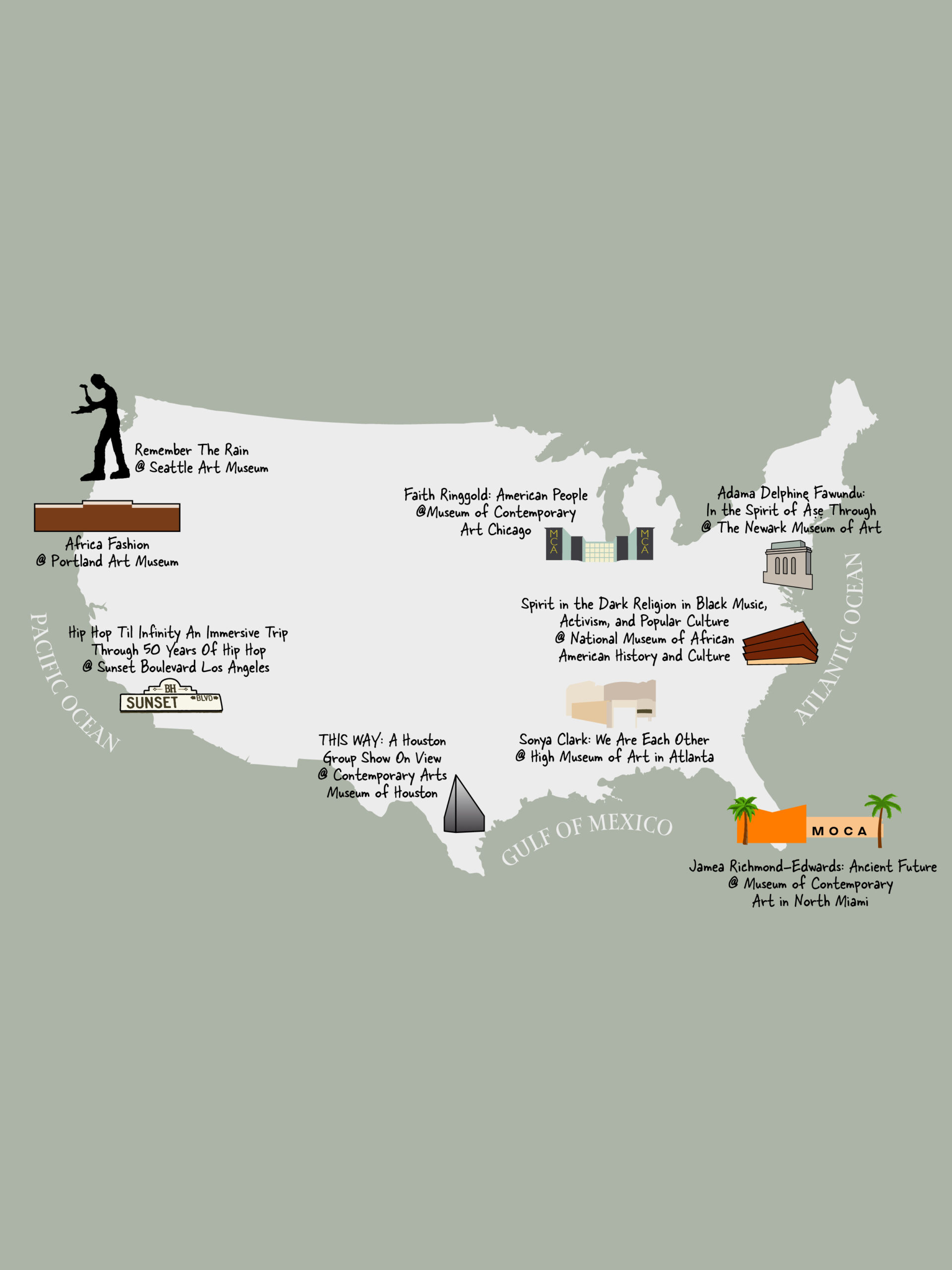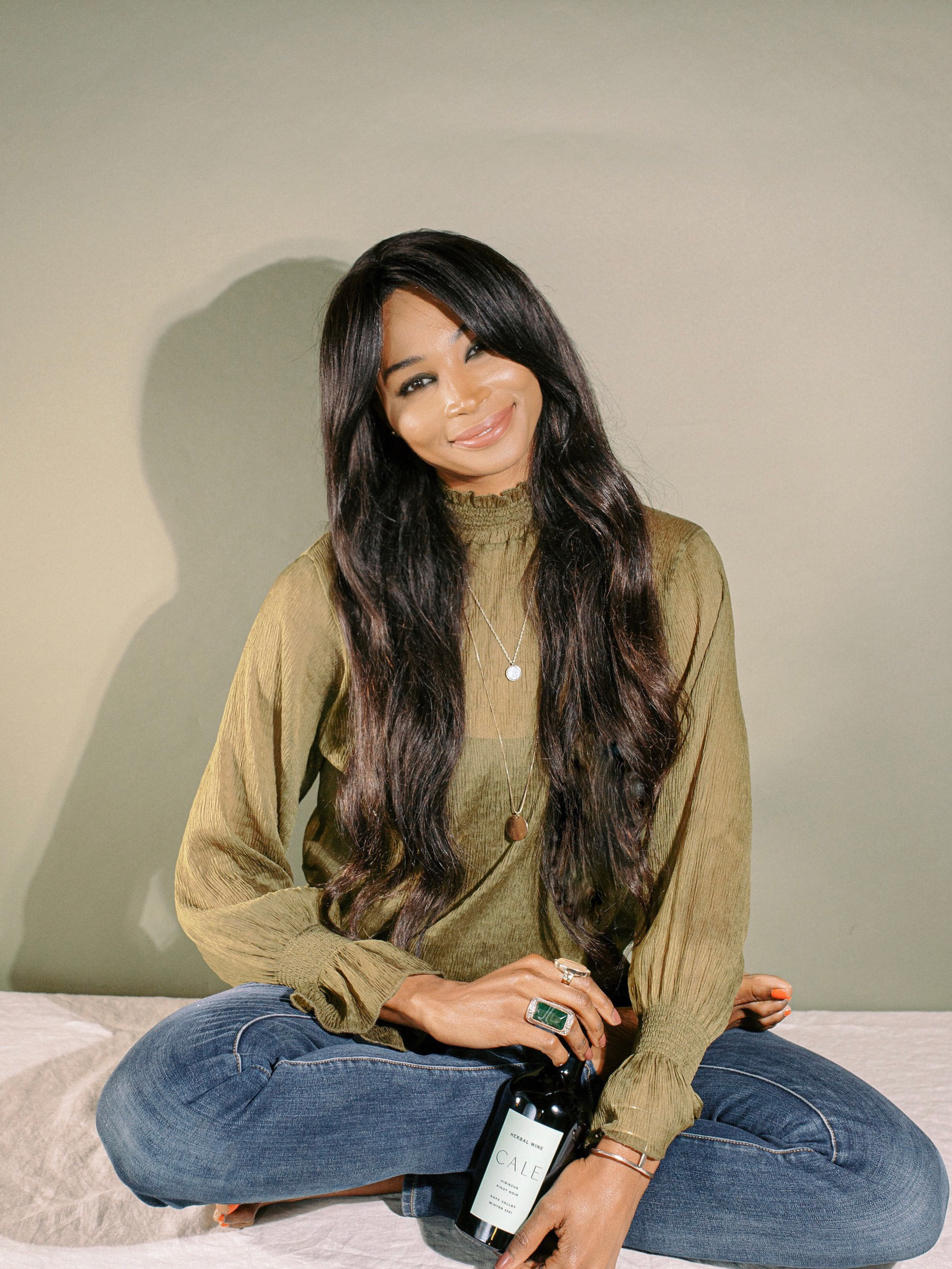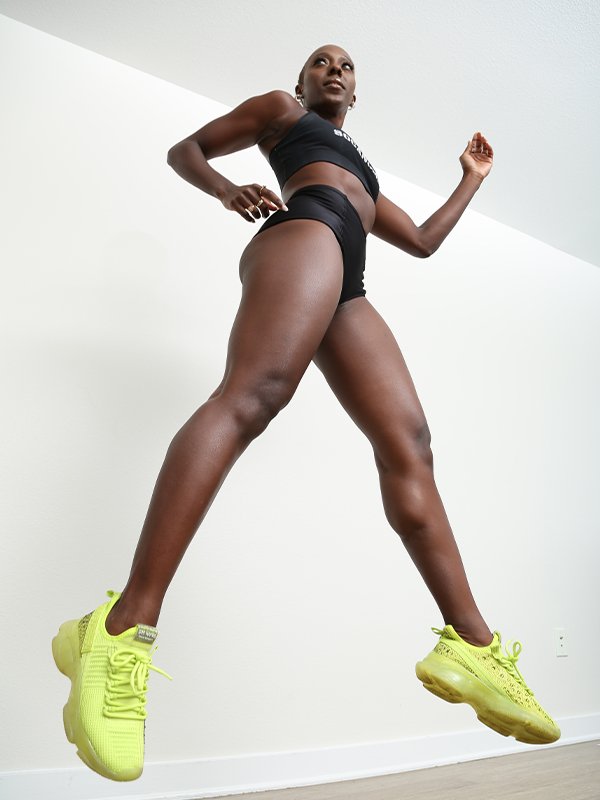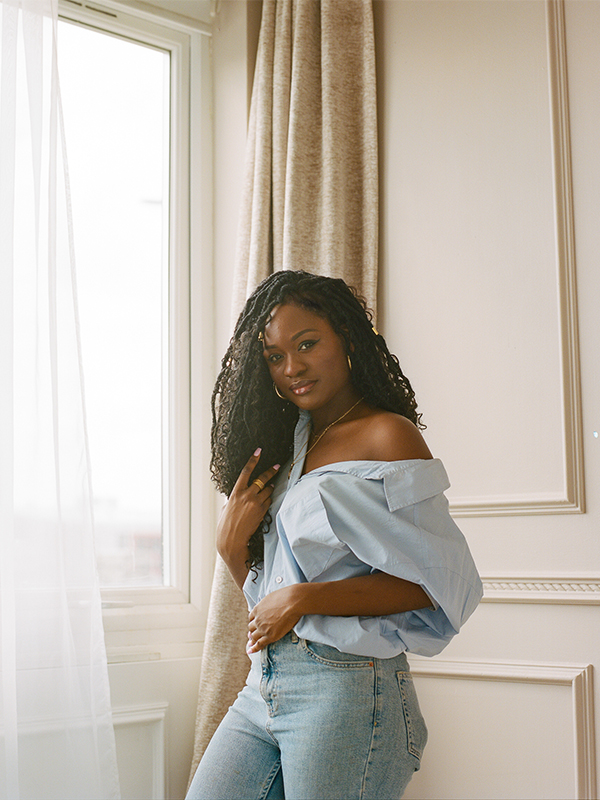It’s not all in your head: art does improve your mood and sense of well-being.
Having art present in healthcare settings helps promote greater health outcomes and well-being for patients, according to a 2023 Mayo Clinic study. Formal creative arts therapies, wherein a licensed professional uses visual art, music, theater arts, dance or poetry to meet a certain health goal or to improve a medical condition, are commonly used to treat clinical anxiety, depression and mood disorders, and for stroke rehabilitation. What’s more, the American Congress of Rehabilitation Medicine, shared that art increases serotonin levels, and helps to create new neural pathways in the brain.
The irony is that artists, whose work contributes to life-changing creative experiences and positive mental and physical health outcomes, constantly have to fight for their rights, including equitable pay. Hope comes from founders—many of whom are artists themselves—who have taken the economics of the industry into their own hands, creating organizations and spaces that facilitate a living for other artists.
We caught up with Asia Stewart, founding artistic director of PerformVu, Alejandro Chellet, founding director of Live Art Mexico, and Tammy Yiu Coyne, co-founder of Partial, who shared insights into how their companies help enfranchise creatives across various disciplines.
PerformVu, New York, USA
What’s PerformVu’s mission statement?
Asia Stewart, founding artistic director of PerformVu: PerformVu is a streaming platform that’s revolutionizing art consumption akin to how Spotify reshaped music. We connect global audiences to captivating video art from the world’s leading artists and art museums. Our mission is to provide global access to genres often overlooked by mainstream platforms (performance art, dance film and art film), and to establish a new revenue stream to support the artists it showcases.
People are hungry to interact with [performance art] that is human, challenging and political. [However], the average streaming platform hasn’t evolved to meet this demand. PerformVu saw how this global trend created a significant market opportunity to serve audiences with thought-provoking art that reflects the world around us.
What conditions in the art industry prompted you to found this organization?
AS: Until PerformVu emerged, artists who created video and performance art didn’t have a virtual place to share their work; Vimeo made artists pay to upload large files, and YouTube was bloated with content. Even when artists made the decision to share their work, they could not succeed at effectively connecting with audiences or monetizing their work. Addressing this problem, PerformVu makes it possible for artists to both disseminate their work and receive passive income from it.

In simple terms, how does your company address the economics of the art industry?
AS: As an artist-driven organization, PerformVu prioritizes fair compensation. From our launch in Summer 2023, we have provided artists with access to a Revenue Share Model that scales their income directly with the growth of PerformVu’s membership; the company’s success is intertwined with artists’ success. Our funding model encourages direct tips from viewers to artists, mirroring elements incorporated in creator-focused ecosystems like Twitch.
What do you hope your organization will achieve in the long term?
AS: Once PerformVu scales to reach millions of users, our innovative funding model will enable artists to earn a passive income that surpasses a living wage. We are dedicated to creating a universally accessible platform that provides elevated and captivating video art whether at home, on-the-go, with friends or alone. By leveraging technology and artificial intelligence, PerformVu is making this often-overlooked category more accessible, affordable and available worldwide.
Which upcoming PerformVu performances are you looking forward to this summer?
AS: PerformVu will be participating in Satellite Art Show’s next NYC Fair from June 19 to 23 and hosting a night of live performances in an abandoned warehouse in Williamsburg. Stay tuned for more details!
Live Art Mexico, Mexico City, MX
What’s Live Art Mexico’s mission statement?
Alejandro Chellet, founding director of Live Art Mexico: The mission at Live Art Mexico is to produce and exhibit innovative time-based artworks with a focus on performance and social practice. By collaborating with other organizations and spaces, we host residencies for established and emerging contemporary artists and facilitate encounters with curators and the public in Mexico City.
What conditions in the art industry prompted you to found this organization?
AC: About 10 years ago, I noticed a lack of exhibition spaces for body-based practices in Mexico City. Institutional spaces like Museo Ex Teresa Arte Actual, Museo de Arte Moderno, Museo Carrillo Gil and Museo Universitario del Chopo, which historically hosted international performance art events and festivals, shifted their focus to sound art, video installations and object-based artworks. Alternative DIY spaces like Caja2 or La Casa de la Niña had disappeared.
After co-founding Rosekill Art Farm in the Hudson Valley, New York in 2014, I realized I had the resources, space and connections to launch my own organization in Mexico City. This felt like a natural way to give back to the international arts community that has provided me with many opportunities.
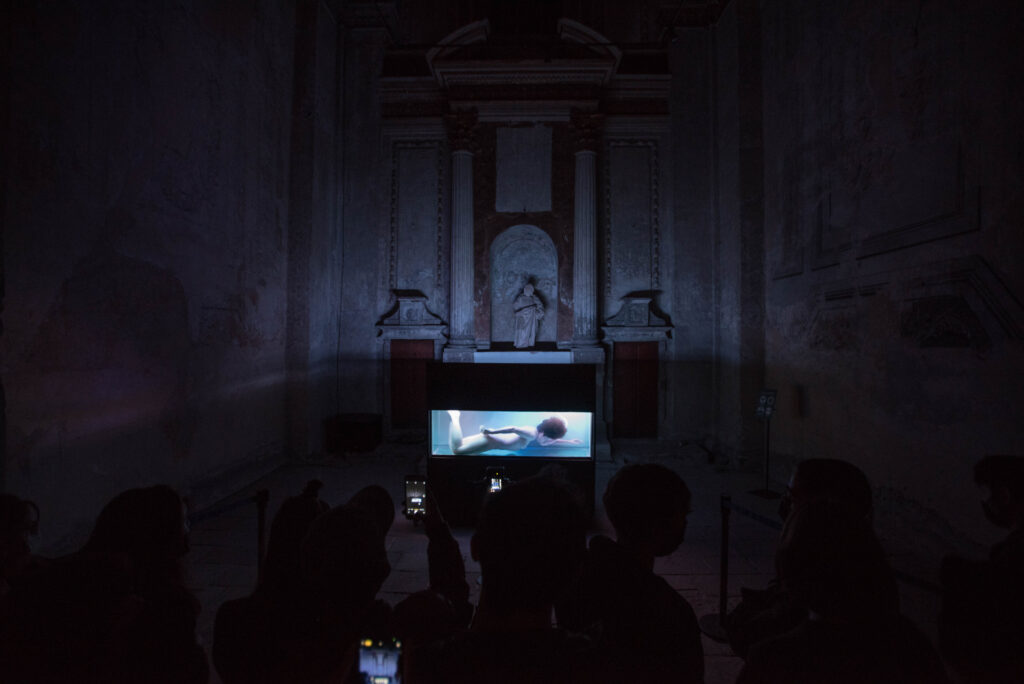
If any, what companies/organizations inspired you to found yours?
AC: Artists Marta Jovanovic and Guillermo Gómez Peña and organizations like Grace Exhibition Space in New York and MATERIC.ORG in Barcelona have provided significant inspiration and mentorship in establishing my organization. These people and spaces embody innovative approaches to contemporary time-based art, setting a high standard and offering models for dynamic, multidisciplinary artistic ventures. Their mentorship has shaped my growth as an artist, curator and cultural practitioner.
In simple terms, how does your company address the economics of the art industry?
AC: We’re a non-profit, funding our projects through the support of governmental cultural councils, the generosity of artists and through donations from individuals and my own. Somehow, I have not yet been so interested in the commercial side of having a gallery for profit, perhaps a future project with the right partners. So far, all of our shows have been free of charge.
What do you hope your organization will achieve in the long term?
AC: I hope to build an accessible archive for time-based artworks shown in Mexico City and edit a book portraying the diverse range of artists and audiences that we have brought together.
Partial, Toronto, Canada
What is Partial’s mission statement?
Tammy Yiu Coyne, co-founder of Partial: Our raison d’être at Partial is to get more art on more walls, especially art by BIPOC artists. This simple—but also challenging—action is important for both the creator of the art (artists) and the recipient of the art (the collector), in so many different ways.
What conditions in the art industry prompted you and your team to create this organization?
TYC: I started Partial as a passion project in 2016 to make buying original art easier. I’ve been a freelancer nearly all my life, and the lack of sustainable models for artists to build livelihoods for themselves blew my mind. [I was] ultimately inspired to create an alternate route for original art to move out of artist studios and into the homes of people who never thought they would “collect” art in their life.
After Partial had existed for a year, I’d come to notice that the vast majority of the artists and art buyers on the platform were white. To call ourselves a “Canadian” art platform meant that we had a duty to reflect that as truthfully as we could on Partial. We had a responsibility to notice what was happening, and make a concerted effort to learn, welcome, and include diverse artists—because that’s what Canada is.
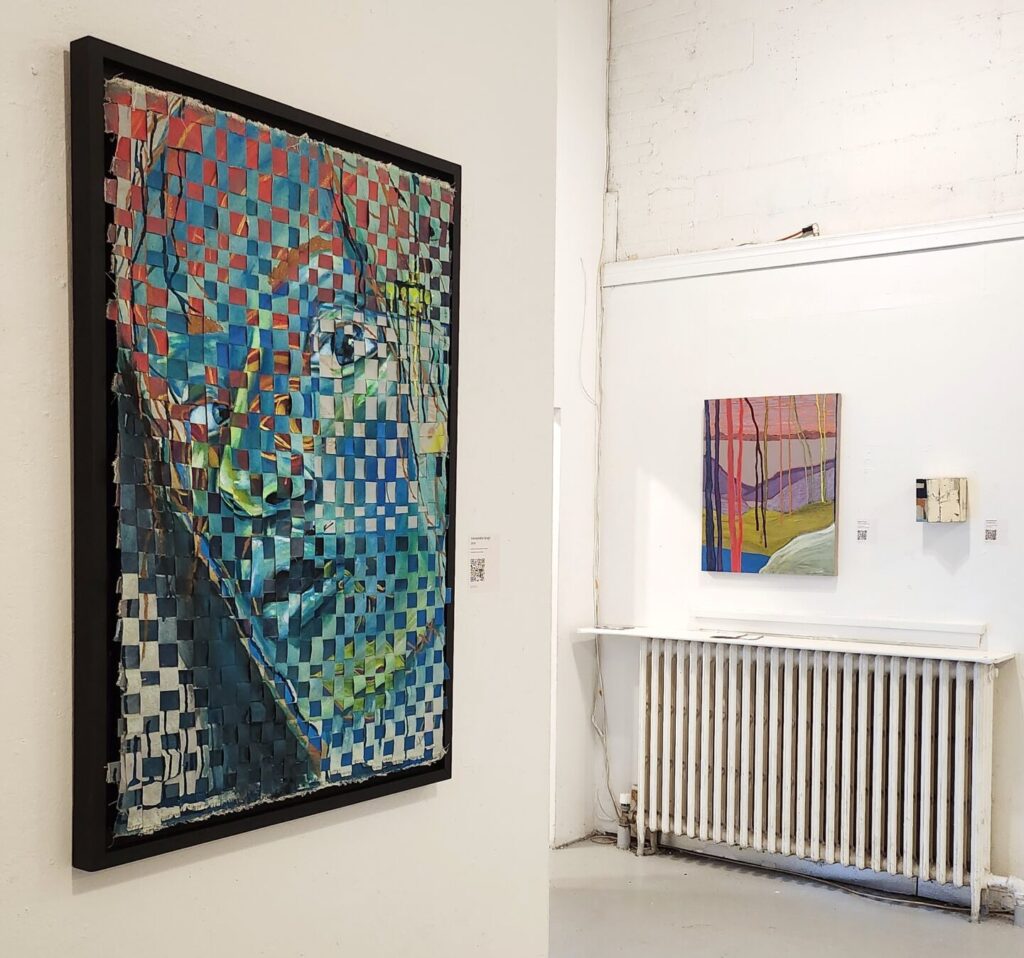
If any, what companies/organizations inspired you to found yours?
TYC: At the time, there weren’t any companies in Canada that were doing quite what Partial proposed to do: offer an online marketplace for artists to sell and rent their artwork out to paying customers, and for them to be able to do so independently. I looked at in-person art fairs where art lovers and buyers could connect with the artists and see their work in an environment that encouraged sales. [I thought], “What if this idea could exist online, 24/7?”
In simple terms, how does your company address the economics of the art industry?
TYC: Coming from a fashion retail and design background, the economics of the art industry are so much more challenging. We looked at opportunities for converting the growing market of new or would-be art collectors, and created bridges on Partial to make it possible for them to buy or rent their first piece of original art. That included creating rental models for people to try the art at home, while still ensuring that the artist was getting paid. If they loved it at the end of the rental, they only had to pay the difference to own it. We also ensure that there’s a wide range of price points on the website so that it can be as affordable as possible [in order to] help [buyers] become new, and potentially life-long, art collectors.
What do you hope your organization will achieve in the long term?
TYC: Our goal is to continue to grow across Canada so that Partial continues to be the leading online art platform to discover and support diverse emerging and established artists, and hopefully replicate what we have achieved in Toronto across other provinces as well.
These interviews have been edited and condensed for clarity.

